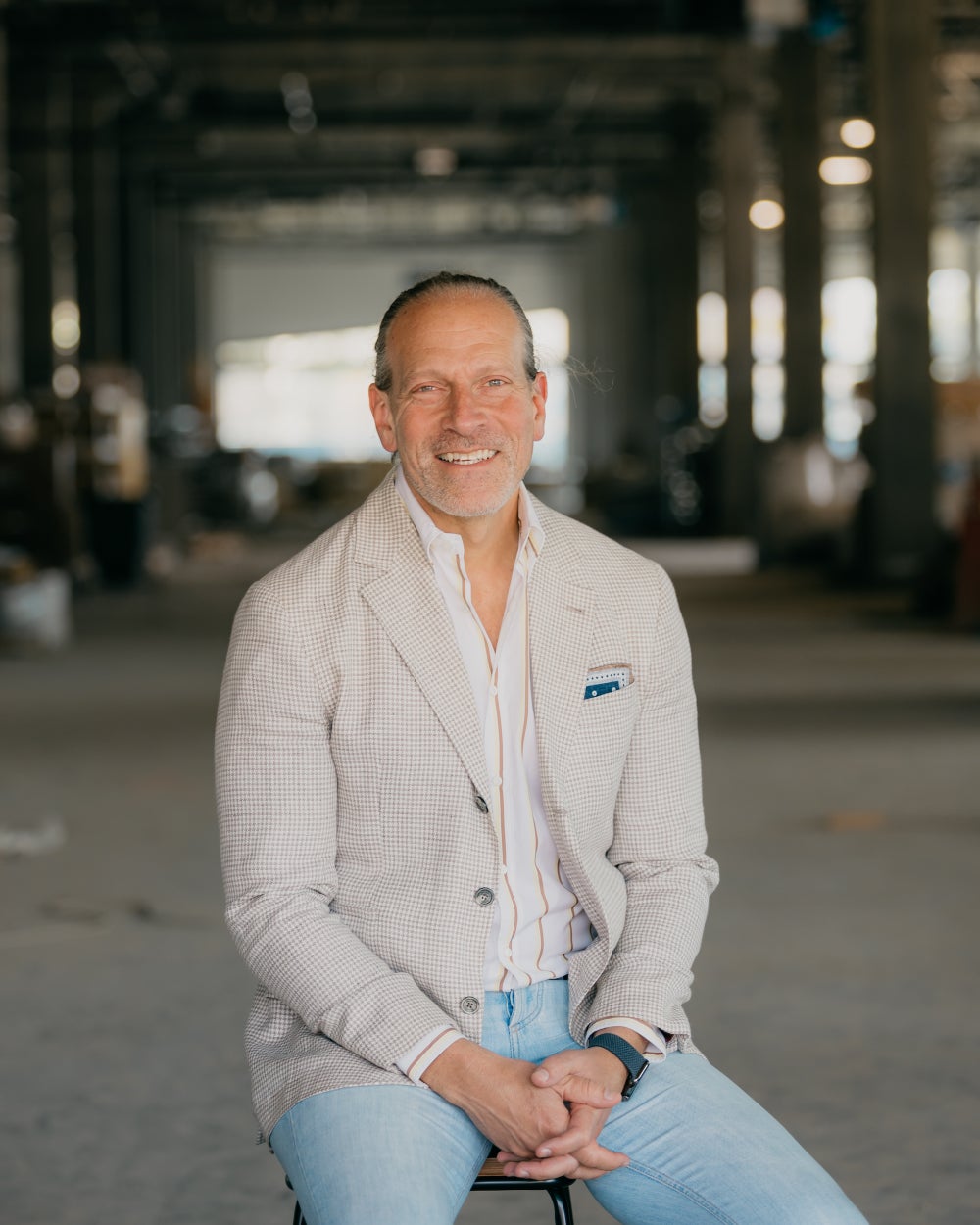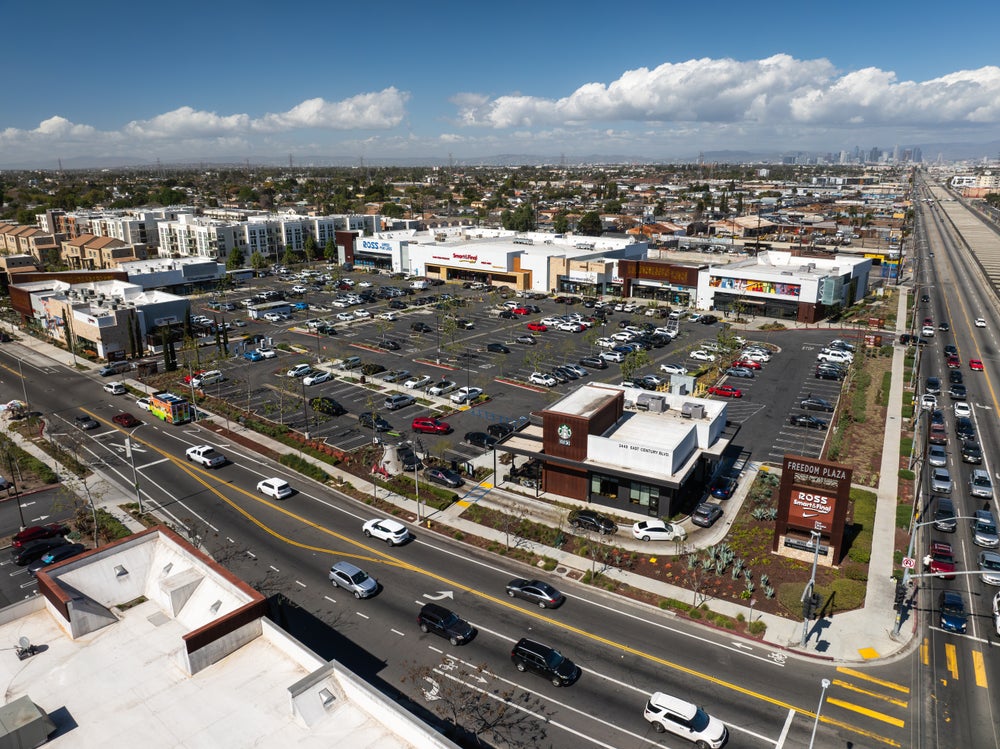Key Takeaways
- Sneider immigrated to Los Angeles, California and became involved with social issues facing Latinos in the city.
- After the city grappled with civil unrest in 1992, Sneider set out to help rebuild Los Angeles, growing his firm along the way.
Arturo Sneider, co-founder and CEO of real estate development firm Primestor, left Mexico City in 1986 and immigrated to Los Angeles, California, where he worked in a restaurant with the goal of becoming a chef.

Image Credit: Courtesy of Primestor. Arturo Sneider.
Before long, having befriended his colleagues and learned about the challenges in their daily lives, Sneider got involved with the social issues facing Mexican immigrants and Latinos in the city.
That led Sneider to volunteer for Gloria Molina, who would become the first Latina elected to the Los Angeles City Council in 1987. ”She gave me that fire to say, Look, if you want to see change, you’ve got to make it yourself, Sneider recalls.
Related: 7 Hispanic Business Leaders Reveal Their Top Advice For Taking Your Company From Zero to Success
Over the next several years, Sneider continued to grow in his career as a chef, but when civil unrest followed the Rodney King incident in 1992, Molina asked Sneider if he was interested in leveraging his relationships within the community to help rebuild the city.
Sneider was — so he and his co-founder Leandro Tyberg, an Argentinian immigrant whose father owned buildings that had been damaged during the unrest, partnered on a rebuilding project with the mission of employing and empowering Latino communities.
“There was so much misinformation and prejudice about what these communities were looking for and wanted to be and could be.”
The firm was asked to build a Head Start school on a piece of burnt property in South Los Angeles for its first project, which was funded by Los Angeles County.
Although Sneider admitted he “didn’t know the difference between concrete and rebar” at the time, he and the team led with “gut and heart,” working from 4 a.m. to 7 p.m. and through “thousands of mistakes” to complete the school, which still stands at 68th St. and Western Ave.
“It made us realize how much impact [we could make with] employment and gathering, and [with] the physical nature of real estate,” Sneider says. “We were, with such a small project, creating a pebble in a pond at the time — not knowing that it was more like a boulder in a pond. And it was really empowering.”
In those early days of building, however, being told “no” at nearly every turn proved one of the biggest challenges, Sneider says.
“There was a perception that in ‘that community’ things would be stolen, that there wasn’t any money, that people were here temporarily, that it wasn’t safe,” Sneider explains. “That was a massive obstacle because there was so much misinformation and prejudice about what these communities were looking for and wanted to be and could be.”
But Sneider and Tyberg took the time to do extensive research and examine the census, which showed other developers competing for a higher-income demographic that was steadily shrinking. In contrast, the co-founders were focused on the “youngest, fastest-growing population in the country” — a wide-open opportunity for anyone willing to put in the work.
“The community is the user of the product that we create, but they’re also employed and empowered by it.”
In the decades since, Primestor has grown considerably, with a portfolio valued at more than $1 billion and 3 million square feet of projects in California, Nevada, Arizona and Texas. The firm also continues to hire locally for development projects and requires tenants to do the same through lease agreements, creating nearly 10,000 jobs.
Humility has always been at the center of Primestor’s mission, Sneider says, and to this day, the firm handles its community engagement, marketing and outreach in-house. “We don’t outsource that practice because we feel like that’s what gives you the best awareness of the community, and also the best product at the end of the day,” Sneider adds.
Related: 9 Reasons Humility Is the Key Ingredient to Exceptional Leadership
There’s a desire now for communities that are less dense and more walkable, with increased access to public transportation and essential goods and services. Mixed-use developments, which bring together housing, medical offices, entertainment, shopping and more, have become an integral part of Primestor’s business.
”At the end of the day, the community is the user of the product that we create, but they’re also employed and empowered by it,” Sneider notes.
“We created the master plan for that project — created the street grid, reconnected it to the entire community.”
One of Sneider’s proudest achievements is the Jordan Downs redevelopment project in South Central Los Angeles.

Image Credit: Courtesy of Primestor. The Jordan Downs project.
Nearly two decades ago, the city approached the firm about revitalizing Jordan Downs, which had opened in May 1944 as temporary housing for war workers during World War II. Sixty years later, Jordan Downs housed families in one-room dwellings and lacked the infrastructure to be a neighborhood, Sneider says.
“So we created the master plan for that project — created the street grid, reconnected it to the entire community, enhanced a new power plant, created a park area, community area, retail shopping, grocery store and 1,600-unit entitlement for the opportunity to build mixed-income housing,” Sneider recalls.
Related: How High Housing Costs Are Driving America’s Labor Crisis
On September 25, Jordan Downs celebrated the 10th anniversary of the redevelopment project, which has brought $664 million in new investment to the Watts neighborhood, including 787 new affordable homes, 120,000 square feet of new retail and four new parks.
These days, Sneider says the firm’s most significant challenge is misaligned capital.
“ It’s easier to tread on waters that are known and where people are just copying something that has shown success,” Sneider explains. “There’s a lot of apprehension still, surprisingly, with the demographic that is not ‘mainstream,’ and the relationship between the growth of the population and the scale of the opportunity versus the limited amount of capital that is available for those opportunities.”
Primestor relied on institutional capital partners such as California State Teachers Retirement System (CalSTRS), Prudential and Federal Realty Investment Trust before raising its first discretionary commingled investment fund in 2023. Primestor’s Urban Vision Fund I was led by an equity commitment through Belay Investment Group of up to $100 million and a $25 million equity commitment from LGT Capital Partners.
It is one of the first Latino-owned and -operated development funds for real estate with institutional capital, which allows the firm to make the decisions and have a direct role in expanding access to that capital, Sneider says.
Related: Raising Capital? Follow These 3 Rules for Building Strategic Investor Partnerships
“ You can learn much more about yourself and about your project by engaging directly with those who object to certain things.”
Now, as Sneider considers Primestor’s future, he looks forward to continuing the firm’s success with transit-oriented, mixed-use designs and expanding its footprint on a national scale.
Sneider has learned a lot over the last three decades in the real estate development business, and the first piece of advice he has for entrepreneurs hoping to find meaningful success in the industry is one he also had to take early on: Don’t be afraid to engage with the naysayers.
“ You can learn much more about yourself and about your project by engaging directly with those who object to certain things because, in most cases, we’ve found that they highlight things that we hadn’t thought about,” Sneider says. “And when you listen and [have an] exchange with humility, they also open up to different perspectives.”
Related: The Right Way to Have Tough Conversations
Then, after you listen to the community and take in the necessary information, get ready to conduct deep research.
“ Because if you’re going to come back and propose something different, or perhaps it isn’t the first idea that came to mind to those that oppose, you better be prepared to support that in a very strong way,” Sneider says. “But always coming from a place of, We heard you. We understand you. And here’s what we’re coming back to you with — with substance.“


